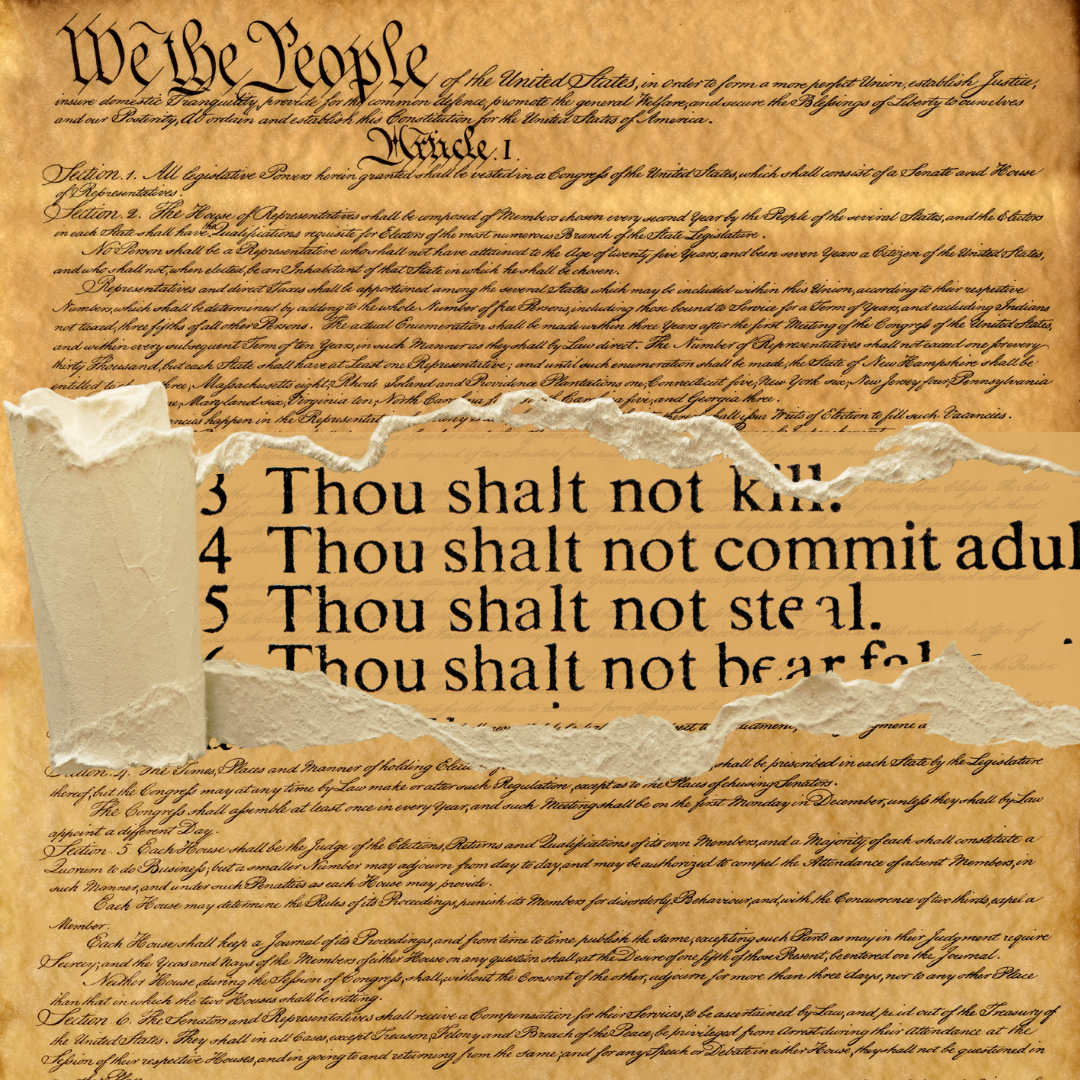A risk to our democracy
With the current controversy surrounding the nomination of Amy Coney Barrett to the Supreme Court of the United States (SCOTUS), the question of whether or not the court should be packed has once again entered into the national conversation.
Court packing generally refers to the idea of adding judges to a court. In the case of the SCOTUS, this would mean increasing the number of justices that sit on the bench from nine to 11, nine to 13 or even nine to 21.
Since the Constitution does not limit the number of justices, Congress has the power to add or reduce as many justices as it would like. The last time Congress exercised this power was in 1869 when it increased the number of justices from seven to nine.
That number was left unchallenged for another 70 years until the reelection of former U.S. President Franklin D. Roosevelt in 1936. Frustrated by the court’s continuous efforts to strike down pieces of The New Deal’s legislation, President Roosevelt proposed a bill that would have effectively increased the number of justices from nine to 15. His attempt to expand the court was the target of intense public and political criticism and was derided as unconstitutional.
80 years later, as the debate continues to swirl around this issue, expanding the court would be just as unwise as it was in the 1930s.
The biggest problem with President Roosevelt’s bill was that it was extremely unpopular. It doesn’t seem like the consensus has changed much on this issue. Popular support for expanding the court is at 26%, which is 20 percentage points lower than it was in 1937 when President Roosevelt first announced his bill.
I don’t think there is much merit in passing legislation that would pack the court when so much of the public is against it. What would be the point of having a representative democracy if the will of the people is ignored on important issues like this?
The “pack the court” argument isn’t attempting to mend any inherent structural issues within the court. Rather, it is an attempt to subvert the independence of the judicial branch for political gain. Politicians who advocate for court expansion typically do so for their own partisan or political purposes, as was the case with President Roosevelt and The New Deal in 1937. While I understand the argument from those who fear that a 6-3 majority of conservative justices on the court could undo some of the major civil rights rulings of the last 50 years, I don’t think that the solution should be to turn the court into a cesspool of politics and partisanship.
Even if the Democrats were to win both Congress and The White House in November, and pass legislation that would expand the court, who’s to say that Republicans wouldn’t just expand the court to their advantage next time they get into power? It just doesn’t seem like a road we want to go down.
Our federal system of checks and balances only works when there is complete independence among the three branches of government. Allowing the executive and the legislative branches to reform the structure of the court so that the party in power can get their way seems like a tyrannical overhaul of the system.
Justices sit on the bench to interpret the Constitution and nothing more. They do not, and should not, exist as pawns in politicians’ games for partisan hegemony.
As the late Supreme Court Justice Ruth Bader Ginsburg said, “We are blessed in the way no other judiciary in the world is… the safeguards for judicial independence in this country, I think, are as great or greater than anyplace else in the world.” Judicial independence is what makes our court so special. It would be a grave blow to our republic if we were to let the other branches take away that independence by packing the court for political gain. For that reason, we must reject any calls for packing the court if we are to maintain a sound system of government.













































